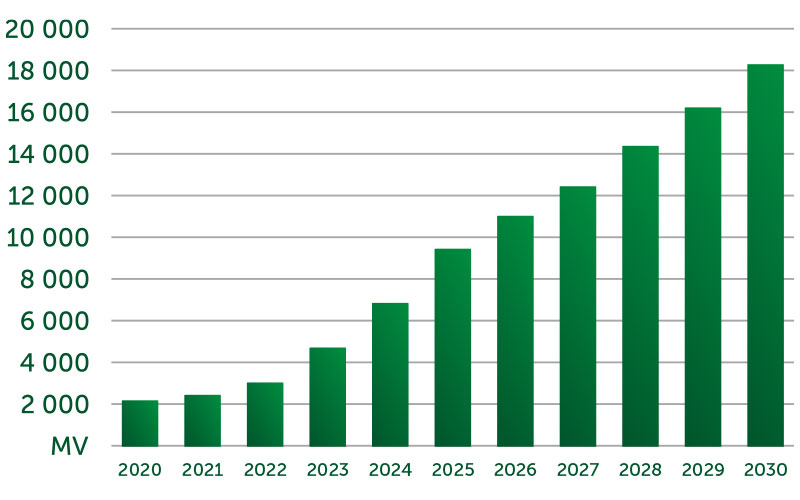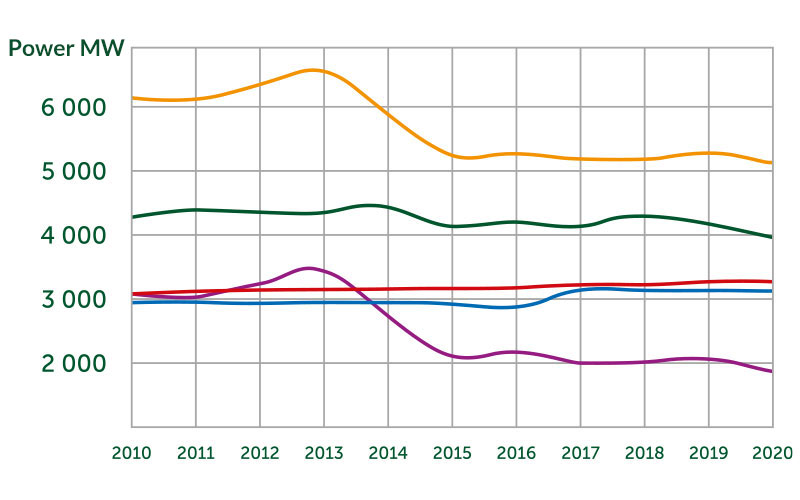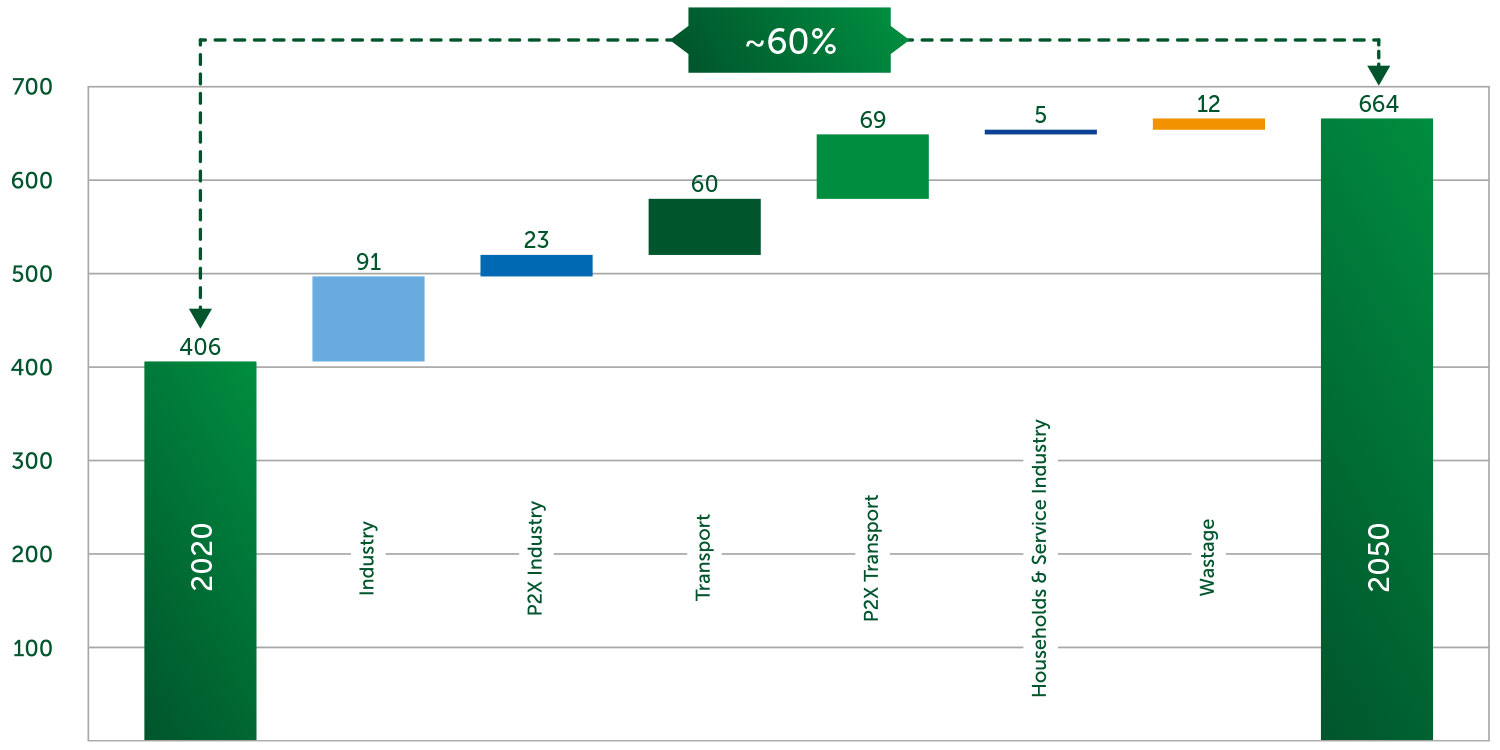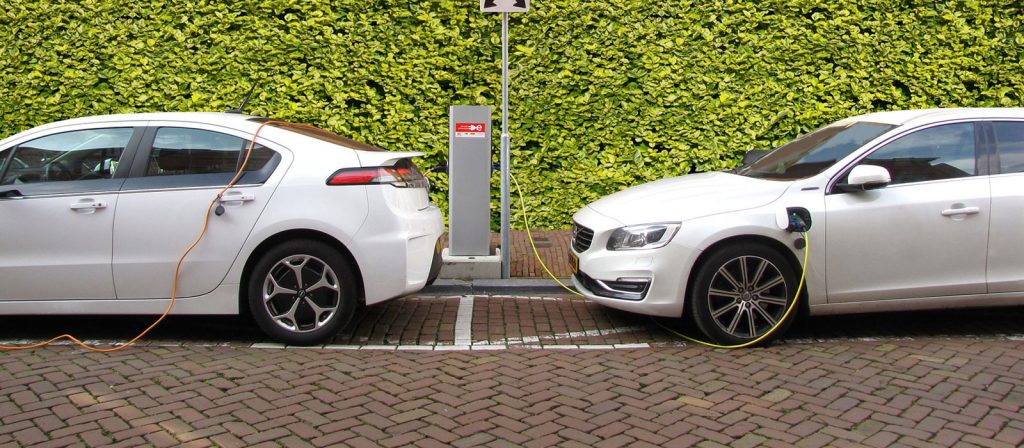According to the Paris climate agreement, the parties to the agreement must take action to limit global warming to less than 1.5 degrees. This refers to the increase in the average temperature of the lower atmosphere and seas since pre-industrial times.
The most important way to limit climate change is to abandon fossil fuels, use renewable forms of energy and electrify transport, and switch to renewable sources in industrial raw materials.
The goal of the Finnish government to achieve carbon neutrality in the energy system by 2035 has brought about a revolution in energy industry. This energy revolution refers to the renewal of the energy system and the transition to a system where most of the energy is produced and procured from renewable and emission-free sources, such as wind and solar power.
The energy system revolution has an impact on the adjustability of the electricity system. As a result of the revolution, the production of power plants running on fossil fuels, such as coal and fossil fuel oil, has been driven down. At the same time, the share of wind and solar power, which is especially based on fluctuating weather conditions, in electricity production has increased, and their share of total electricity production is growing rapidly. The Finnish grid company Fingrid has estimated that the wind power capacity will increase by 16 GW by 2030, while its level in 2020 was 2 GW.

The predicted development of wind power capacity in the 2020s (Fingrid 2022).

The capacity of adjustable power has decreased in the 2020s. ♦ Total regulatory power | ♦ Industry CHP | ♦ District heating CHP | ♦ Separate production | ♦ Hydropower
The growing share of renewable energy sources based on variable weather conditions in total energy creates challenges from the point of view of energy and power deficit. When the share of variable renewable energy increases, matching demand and production both on a shorter hourly and daily level and on a summer and winter level requires a significant development of the energy system.
As part of the development of the energy system, even more balance power is needed now and in the future, because consumption and production do not always meet each other exactly. The total consumption of electricity in the Nordic countries is expected to increase by up to 60 percent by 2050 compared to the consumption level of 2020.
A lot of wind power has been built in Finland, especially in the coastal areas of Western Finland and Ostrobothnia. Wind power capacity is low in Eastern Finland because the radar systems in the border area have limited their construction. As a result, the fluctuations of wind power in the electricity system have become more pronounced – the insufficient regional distribution of wind power does not sufficiently secure the control power within the production mode.
To support base load power plants, such as nuclear and hydropower, in addition to solar and wind power in Finland, more and stronger balancing power production is needed. Balancing power production can quickly compensate for demand peaks, causing imbalances between consumption and production. From the point of view of the capacity of the energy transmission networks, both the main grid and regional distribution networks, the production of peak power must be spread over different parts of Finland. The growing need for peak power must be covered in a distributed manner by producing it both to the main grid and also directly to different companies at their locations.
The rise in the price of energy, especially electricity, affects companies and households. Sufficient regulation power production and related energy reserves balance out strong electricity price fluctuations. This is particularly important in the long-term planning of the economy of companies and also households.

Electricity demand growth by sector in the Nordic countries in 2020 – 2060, TWh.
The even more widespread electrification of traffic and industrial processes will significantly increase the total demand for electricity in the long term, as a result of which the regulating power capacity based on renewable energy must also be rapidly built. Utilizing wood-derived biomass to increase capacity is a fast and sustainable solution for the production of control power.
At the same time as the energy revolution, there is a need to switch to renewable sources of raw materials in industry, especially in the chemical industry. Shipping is also an important sector in the energy transition, where the fuel for ships is transitioning to sustainably produced fuels.
The increased geopolitical uncertainty and security threats put pressure on reducing energy and raw material dependencies. As a result of Russia’s war of aggression against Ukraine, the natural gas market in Europe has been disrupted, and it is foreseeable that there will be long-term problems with the availability of gas in, for example, the chemical industry. On the other hand, achieving the climate goals also requires the chemical industry to switch to raw materials based on renewable sources.
It is possible to produce regulating power and raw materials for the chemical industry as well as fuel for ships with clean and renewable forms of energy and new technology. Finnish forests have plenty of woody biomass – energy wood, the use of which can be sustainably increased as a source of balancing power and renewable fuel.
Suomen Säätöenergia Oy
Kaj Turunen
CEO

